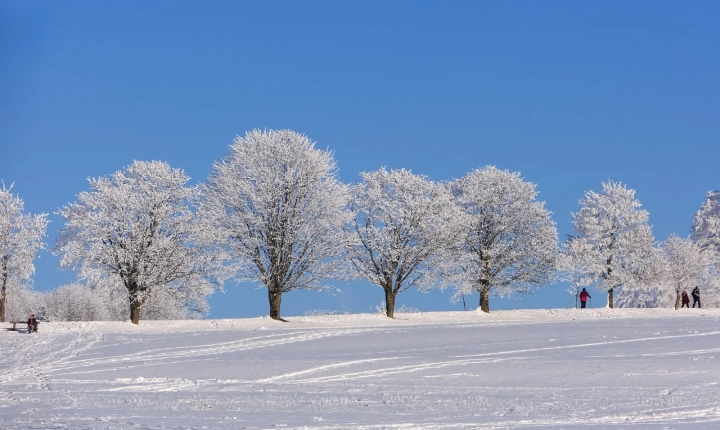Title: Creating Art: The Power of AI-Assisted Image Generation
Artificial intelligence (AI) has revolutionized various aspects of our lives, including the creation of art. With advancements in machine learning algorithms and neural networks, AI has the capability to generate stunning and captivating images that challenge traditional notions of artistic creation. In this article, we will explore the process of making pictures with the help of AI and how it has become an innovative tool for artists and creatives.
The Use of Generative Adversarial Networks (GANs)
One of the key technologies driving AI-assisted image generation is Generative Adversarial Networks (GANs). GANs are composed of two neural networks – a generator and a discriminator – that work in tandem to produce authentic-looking images. The generator creates images from random noise, while the discriminator evaluates these images for their resemblance to real ones. Through a competitive process, GANs learn to generate high-quality images that are indistinguishable from those created by humans.
Training the AI Model
Training an AI model for image generation involves feeding it with a vast amount of diverse visual data. This data can include photographs, paintings, sketches, and other visual media. By analyzing this data, the AI model learns the patterns, styles, and structures present in different types of images. As the model continues to train on this data, it gains the ability to create new images by synthesizing the learned patterns and features.
Style Transfer and Image Manipulation
AI can also be employed to manipulate and enhance existing images. Style transfer algorithms, for instance, can apply the visual characteristics of one image to another, creating a unique fusion of styles. This innovative approach allows artists to experiment with different artistic influences and produce visually striking compositions. Furthermore, AI-powered tools can be used to enhance and edit images, providing a range of creative options for artists and designers.
Applications in Art and Design
The use of AI in image generation has far-reaching implications for art and design. Artists can leverage AI to explore new aesthetic possibilities, break creative boundaries, and challenge conventional approaches to image-making. Moreover, AI-generated images can serve as valuable resources for designers, advertisers, and multimedia creators, providing a rich source of visual content that can be customized to meet various needs.
Ethical and Philosophical Considerations
The integration of AI into the artistic process raises important questions about authorship, creativity, and the nature of art. Some may argue that AI-generated art lacks the emotional depth and intentionality of human-created work, while others see it as a revolutionary form of creative expression that reflects the intersection of technology and artistry. These discussions surrounding AI-generated art prompt us to reflect on the evolving relationship between human creativity and computational intelligence.
In conclusion, AI-assisted image generation represents a paradigm shift in the realm of artistic creation. By harnessing the power of machine learning and neural networks, artists and creatives can explore new avenues of expression and stimulate fresh dialogues within the art community. While AI-generated art may inspire debate and contemplation, its potential to expand the boundaries of visual creativity is undeniable, signaling a compelling future for the intersection of AI and art.
